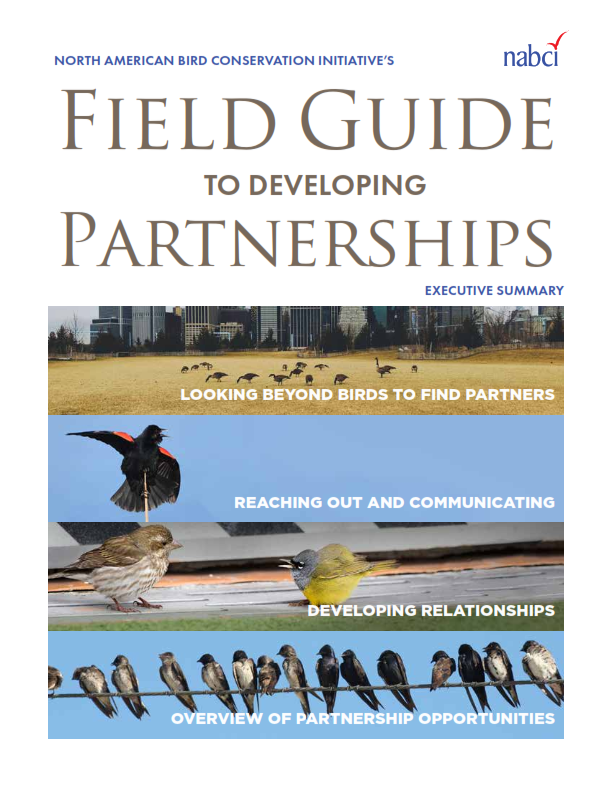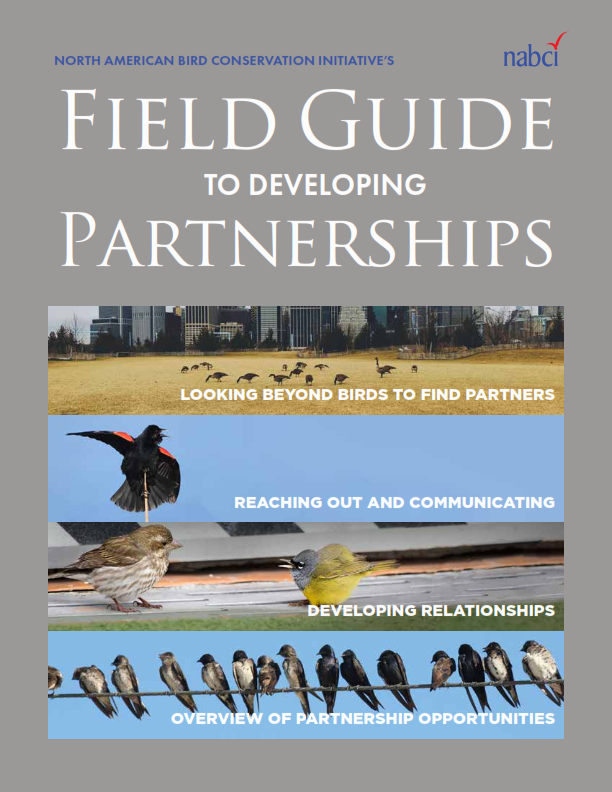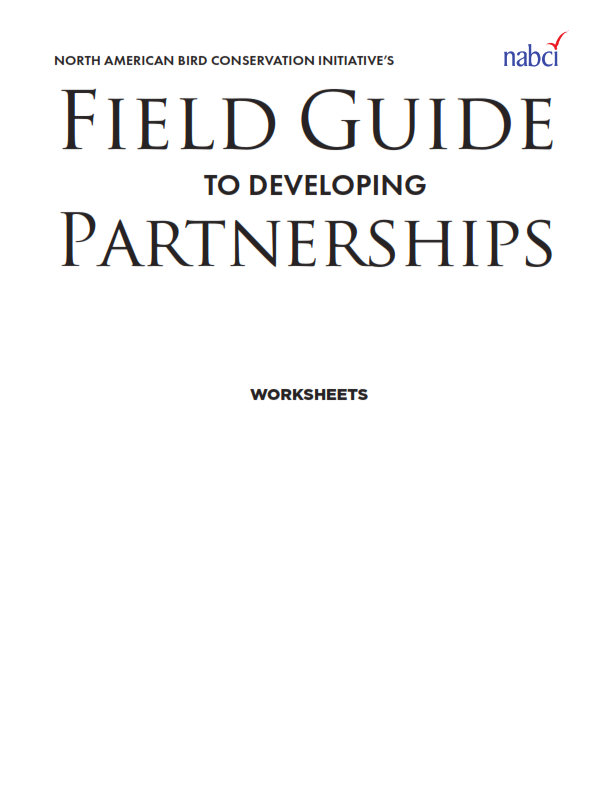Developing mutually beneficial partnerships based on common or complementary goals requires commitment, flexibility, and a desire and capacity to listen and understand the needs, values and challenges of potential partners. This document provides guidance on how to find common goals, effectively reach out to potential partners, and develop lasting relationships that benefit all players.
Overview of Partnership Opportunities
The benefits of partnering with private organizations or individuals extend far beyond funding or match requirements; broadening a partnership to include new and different perspectives can yield new ideas, new approaches, increased capacity, and new opportunities. Partnering outside of the bird conservation community can positively benefit public perception of a cause and lend political clout to an issue. Building on broad, common goals with private organizations can help engage a more diverse network and give stronger relevance to an initiative. Different types of private entities bring different opportunities for partnership contributions and may require different approaches.
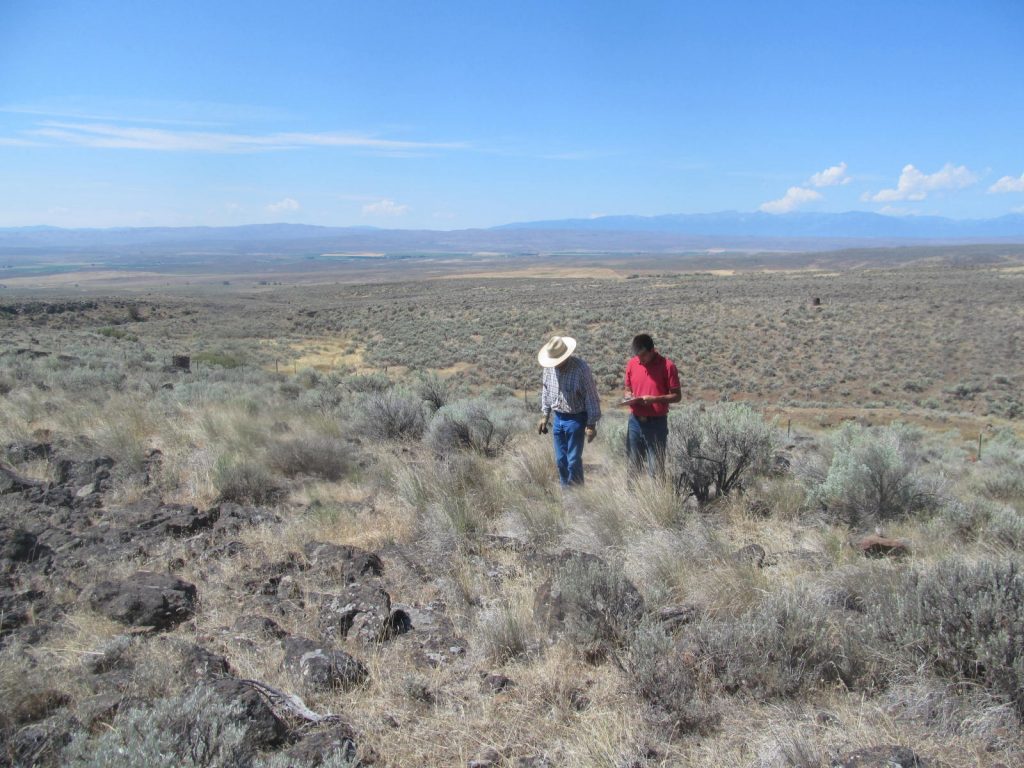
Consider the ethics or values of individuals as you reach out to them. For example, for many farmers and ranchers, your word is your bond—communicate accordingly, and promise only what you can deliver. © Sage Grouse Initiative
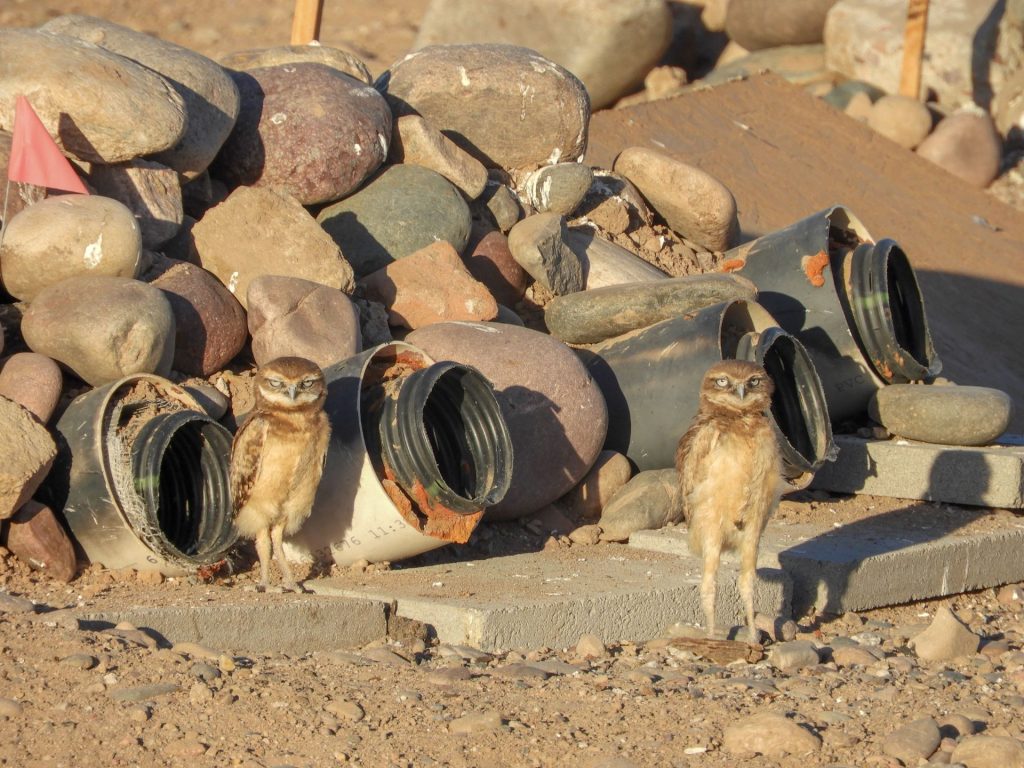
Providing citizen-science opportunities can help identify individuals who are interested in birds or nature. Audubon Arizona, in partnership with the Wild at Heart Raptor Rehabilitation Center, has mobilized over 1,000 community members to build artificial burrows for Burrowing Owls at the Rio Salado Habitat Restoration Area. © D. Doublet
- Individuals can contribute to conservation through on-the-ground action, political influence, land access, data collection, and financial donations. Citizen science opportunities, training workshops, and existing landowner connections all provide opportunities to connect with individuals.
- Private associations, organizations, and initiatives, such as birding groups, zoos, organizations connected to land and land use, forestry associations, cattlemen’s and ranching associations, and energy industry associations may share common or complementary goals with bird conservation. Engaging with organizations that focus on historically underrepresented constituencies in the outdoors, such as GreenLatinos or Outdoor Afro, can provide valuable perspectives. Management boards or other governing bodies and business-oriented conferences can help connect with organizations that share common overarching goals.
- The corporate sector provides many opportunities for effective partnerships, including implementing conservation on corporate-owned lands, engaging employees in conservation action, and securing financial support from corporate contributions. Corporations work to maintain or enhance their reputation with customers and within their communities, so they may appreciate opportunities to promote positive brand recognition. Industry-led roundtables and industry-focused associations can help provide connections to corporations with interest in sustainability or other common goals.
- Foundations can serve as important sources of private funding. They often have very specific areas of interest, so ensure that your organization’s mission and goals align with those interests when seeking foundation funding.

